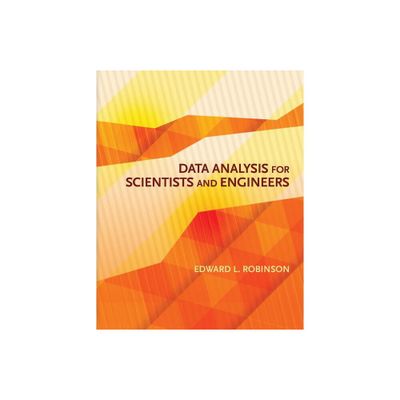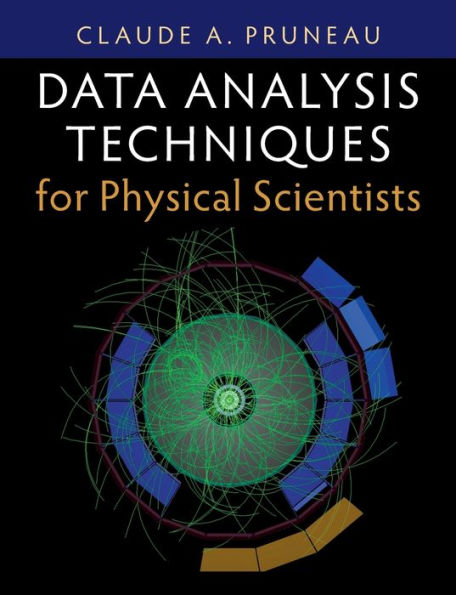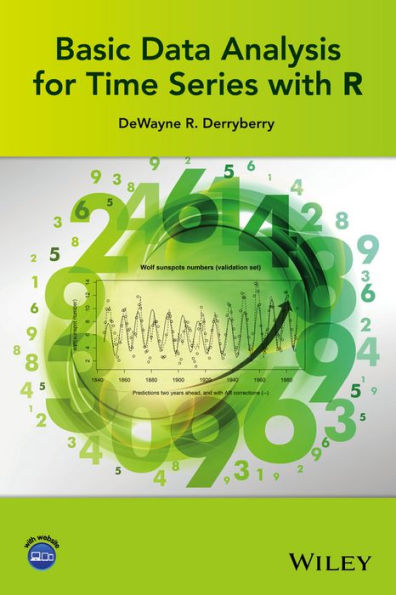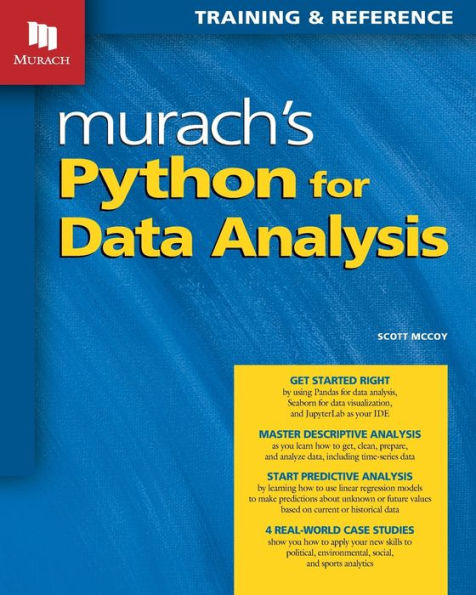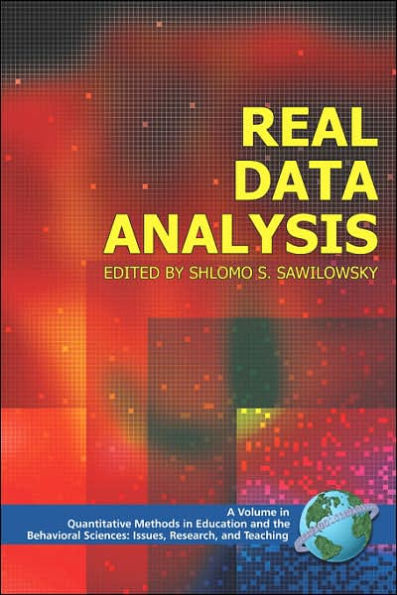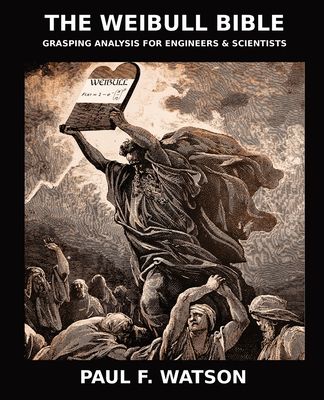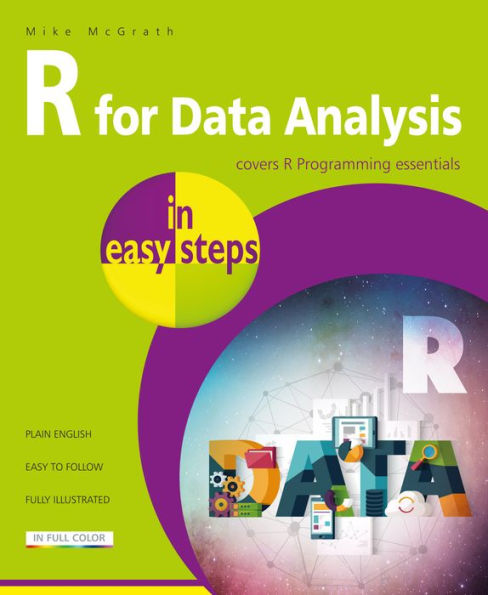Home
Basic Environmental Data Analysis for Scientists and Engineers
Loading Inventory...
Barnes and Noble
Basic Environmental Data Analysis for Scientists and Engineers
Current price: $58.99
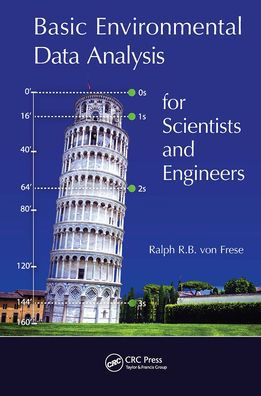

Barnes and Noble
Basic Environmental Data Analysis for Scientists and Engineers
Current price: $58.99
Loading Inventory...
Size: OS
*Product Information may vary - to confirm product availability, pricing, and additional information please contact Barnes and Noble
Classroom tested and the result of over 30 years of teaching and research, this textbook is an invaluable tool for undergraduate and graduate data analysis courses in environmental sciences and engineering. It is also a useful reference on modern digital data analysis for the extensive and growing community of Earth scientists and engineers.
Basic Environmental Data Analysis for Scientists and Engineers
introduces practical concepts of modern digital data analysis and graphics, including numerical/graphical calculus, measurement units and dimensional analysis, error propagation and statistics, and least squares data modeling. It emphasizes array-based or matrix inversion and spectral analysis using the fast Fourier transform (FFT) that dominates modern data analysis. Divided into two parts, this comprehensive hands-on textbook is excellent for exploring data analysis principles and practice using MATLAB®, Mathematica, Mathcad, and other modern equation solving software.
Part I, for beginning undergraduate students, introduces the basic approaches for quantifying data variations in terms of environmental parameters. These approaches emphasize uses of the data array or matrix, which is the fundamental data and mathematical processing format of modern electronic computing. Part II, for advanced undergraduate and beginning graduate students, extends the inverse problem to least squares solutions involving more than two unknowns.
Features:
Offers a uniquely practical guide for making students proficient in modern electronic data analysis and graphics
Includes topics that are not explained in any existing textbook on environmental data analysis
Data analysis topics are very well organized into a two-semester course that meets general education curriculum requirements in science and engineering
Facilitates learning by beginning each chapter with an ‘
Overview
’ section highlighting the topics covered, and ending it with a ‘
Key Concepts
’ section summarizing the main technical details that the reader should have acquired
Indexes many numerical examples for ready access in the classroom or other venues serviced by electronic equation solvers like MATLAB®, Mathematica, Mathcad, etc.
Offers supplemental exercises and materials to enhance understanding the principles and practice of modern data analysis
Basic Environmental Data Analysis for Scientists and Engineers
introduces practical concepts of modern digital data analysis and graphics, including numerical/graphical calculus, measurement units and dimensional analysis, error propagation and statistics, and least squares data modeling. It emphasizes array-based or matrix inversion and spectral analysis using the fast Fourier transform (FFT) that dominates modern data analysis. Divided into two parts, this comprehensive hands-on textbook is excellent for exploring data analysis principles and practice using MATLAB®, Mathematica, Mathcad, and other modern equation solving software.
Part I, for beginning undergraduate students, introduces the basic approaches for quantifying data variations in terms of environmental parameters. These approaches emphasize uses of the data array or matrix, which is the fundamental data and mathematical processing format of modern electronic computing. Part II, for advanced undergraduate and beginning graduate students, extends the inverse problem to least squares solutions involving more than two unknowns.
Features:
Offers a uniquely practical guide for making students proficient in modern electronic data analysis and graphics
Includes topics that are not explained in any existing textbook on environmental data analysis
Data analysis topics are very well organized into a two-semester course that meets general education curriculum requirements in science and engineering
Facilitates learning by beginning each chapter with an ‘
Overview
’ section highlighting the topics covered, and ending it with a ‘
Key Concepts
’ section summarizing the main technical details that the reader should have acquired
Indexes many numerical examples for ready access in the classroom or other venues serviced by electronic equation solvers like MATLAB®, Mathematica, Mathcad, etc.
Offers supplemental exercises and materials to enhance understanding the principles and practice of modern data analysis
